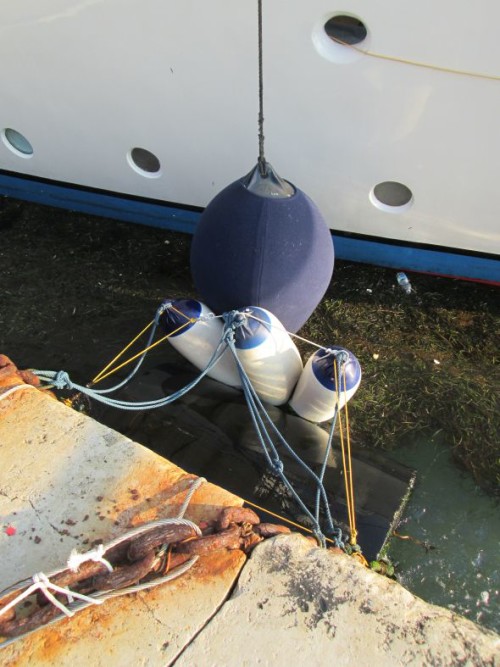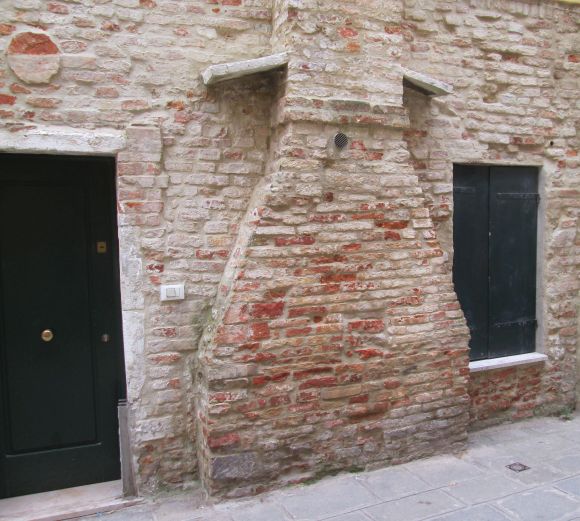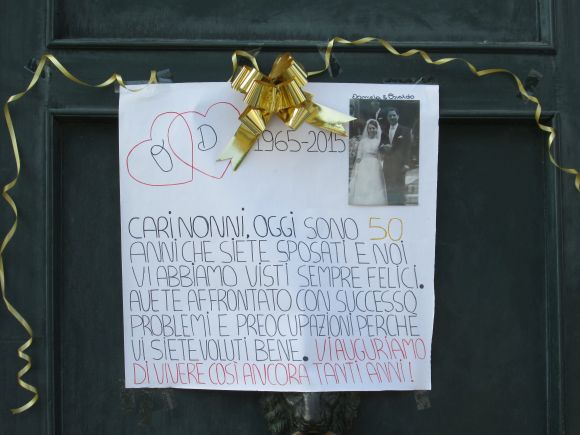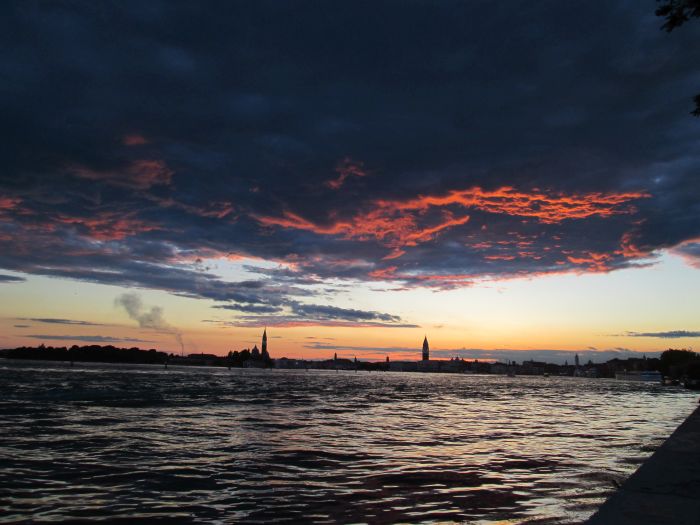I’m referring to the crumbs of May, a month which becomes more intense every year with boating events, friends flying in and out, and work of various sorts, much of which needs to be done more or less simultaneously.
The word “May” normally conjures up a pretty, flowering little month set to the melodies of those warbling madrigals. My soundtrack is more like the Ride of the Valkyries. And all this is voluntary.
So yes, there has been a lapse in blogification, which I will now attempt to rectify, if only slowly. Energy is still low, and more to the point, I may be reaching my personal Plimsoll line on the overload of bizarreness that this amazing city continues to heave onto my psyche.
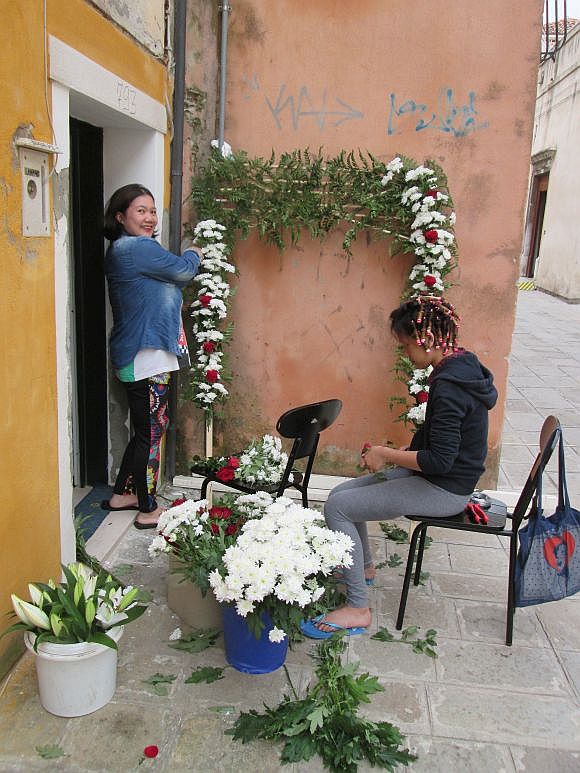
I haven’t had much time to read entire stories, but the headlines kept me abreast of a few extraordinary developments.
One was the announcement by (somebody) that the decision had been made by (somebody) to remove all the garbage cans from the Piazza San Marco. Not only does that notion, in itself, make no sense whatever, it gave my memory a little vibration recalling how much municipal effort has gone into trying to keep the Piazza decent, and providing more garbage cans was certainly a positive step in that direction.
The fact that these bins are virtually always crammed with trash leads me to surmise that they are useful. The amount of trash that swirls around the area at the end of a hard tourist day also implies that there might, indeed, usefully be even more.
Some phrase indicated that the Plan was to remove the bins because they’re unsightly. The unsightliness of their contents roaming free wasn’t a factor because evidently the tourists were going to be expected to take their trash with them, you know, like Himalayan mountain climbers always do.
But never fear. For those bits that were somehow to escape the backpacks and pockets of the tourists, two garbagemen would be stationed in the Piazza to titivate its venerable stones from time to time, as or if needed. Two sweepers instead of 60 bins. I think that’s the number; it might even be more.
Then the newspaper fell silent, and I see that the bins are still in place. Whether good sense or sheer sloth deserves credit for this, the tourists can continue to leave cans, bottles, little plastic ice-cream cups, and forests’-worth of random paper all over the place, when the bins are full. But at least the bins are there.
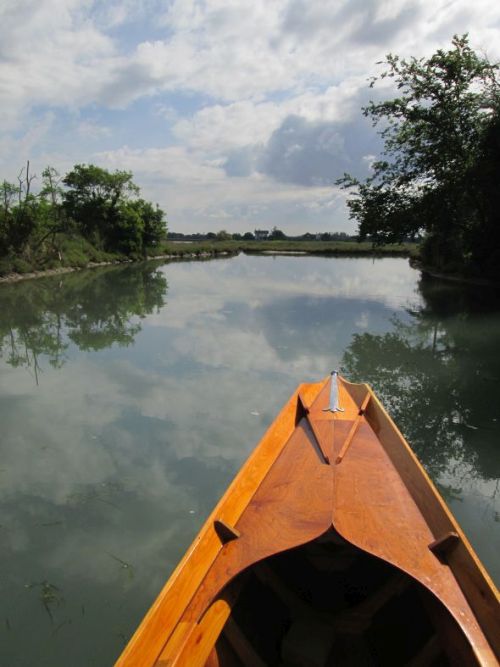
Moving on. A right cross-uppercut were dealt to my staggering brain with a controversy concerning a “work” of “art” for the Biennale perpetrated by a Swiss “artist” named Christoph Buechel representing the noble country of Iceland.
Mr. Buechel’s specialty is political provocation, ideally creating things that offend people. So he asked to borrow the church of Santa Maria della Misericordia, in Cannaregio, which had been closed since 1969, though not deconsecrated.
What he (or Iceland) requested was the use of the church for an “exhibition space.”
He proceeded to turn it into a mosque. Rugs on the floor, shoes outside, a mihrab, a mimbar, Muslims praying on Friday, everything. All this was done with the participation of the Islamic Center of Marghera, the Icelandic Art Center, the Ministry of Education (of what country I don’t know), the Ministry of Instruction and Icelandic Culture and also Ibrahim Sverrir Agnarsson, the president of the Islamic community of Iceland. Though not, as it turned out, with the participation of the diocese of Venice because it was the only entity evidently not aware that the “exhibition” was going to be of quite another sort.
Mr. Alessandro Tamborini, a professor of Religious Science, met provocation with provocation. He walked into the church/mosque/work of art on opening day with his shoes on. Then he called the police, because he said he was being ordered to remove his shoes, which demonstrated that the place was not a work of art, but a place of worship.
If it’s a work of art, then it’s not a mosque, was his reasoning, and he can’t be required to obey a religious restriction if it’s not, in fact, a religious place. He then formally asked the police to inquire about the exact nature of this installation, and whether the necessary permissions had been granted.
They hadn’t. So ten heated days were spent in which issues of religion (freedom of), art (freedom of), city ordinances of every sort (no freedom allowed there) got all mashed up together. Many people were offended on religious grounds, but the art crowd sneered at this reaction because it showed lack of comprehension of art, even though, may I note, if offending people was the primary purpose of the project, being offended demonstrated that people comprehended it all too well.
Then the government of Iceland got into the scrum, with heated objections to perceived prejudice. And everything got all tangled up in the long-running complaints of the Muslim community at being compelled to pray in a mosque in Marghera, and not in the center of Venice, to which they feel they have a right. Drawing attention to this knotty problem, it turns out, was the motive of Mr. Buechel’s project.
But bureaucracy to the rescue! The fact that the paperwork wasn’t in order settled this very disagreeable situation in an extremely simple way. No permits? No mosque. The place is closed.
I’m ready for May to be over now.
